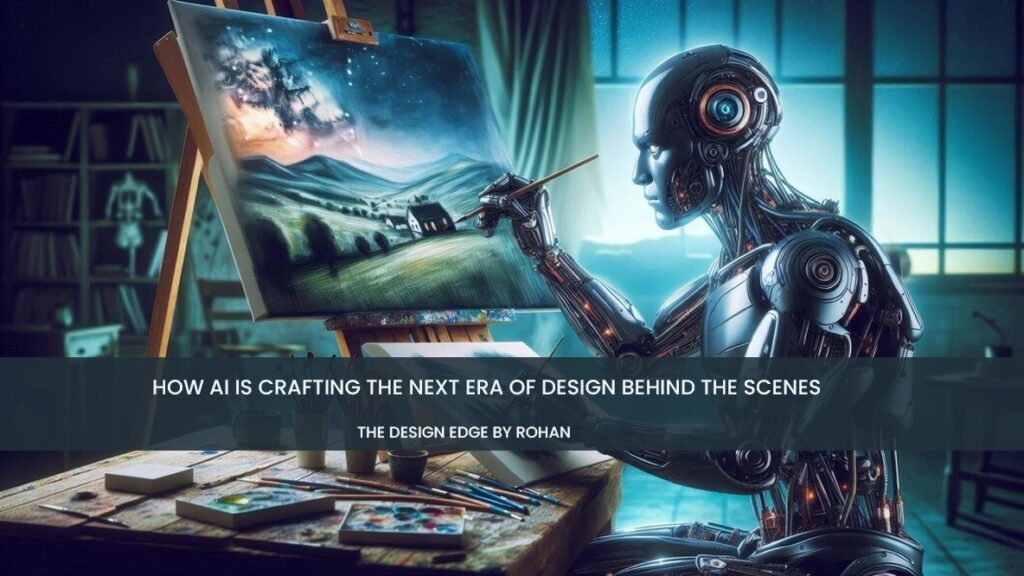Picture this: you’re wandering through an art gallery, and every piece you see is machine-made—no human hands involved AI art, no typical data fed into the system. It’s wild, right? That’s the incredible world of Generative AI Art. People like Terence Broad are shaking things up with what’s called Data-less AI. Broad’s approach gets us all pondering the nature of creativity and dives right into the thick of the ethical pickle that is art and AI.
The Wild World of Data-less AI Art
Normally, Generative AI gobbles up heaps of data to create its works. Imagine teaching a robot to paint by making it memorize every masterpiece ever. Well, Broad thinks outside the box (or data set, if you will), using machine-generated artwork without that information overload. So, how does he do it? Basically, he tinkers with neural networks until they spit out something amazing. It’s like a mad science experiment where traditional methods are tossed aside in favor of something entirely new.
This shift doesn’t just challenge old-school art views; it whispers about the secret sauce behind creativity in a world that’s constantly changing.
Shining a Light on Neural Networks
Now, let’s dig a bit into neural networks, the backbone of AI, if you will. They’re like tireless robots constantly learning patterns from mountains of data. Broad’s ‘Aha!’ moment came when he decided to let neural networks fly solo—no safety nets there. The result? Art that might remind you of a Rothko piece, with colors clashing and blending in ways that make you stop and go, “What in the world?”
But it’s not just for show. This AI-generated art piece changes how we think about the word “art”—whether it’s painted on a canvas or coded into existence.
Rolling with the Challenges of Data-less AI
Sure, it’s not all rainbows and butterflies. The path is littered with complex stuff. Broad often battles things like ‘mode collapse’, where the art starts looking indistinct and bland. Yikes! But innovators, as they do, find workarounds—like adding color variation to keep things fresh. Finding these workarounds is like solving a puzzle that’s always changing before your eyes.
Each attempt brings us one step closer to figuring out whether creativity can truly spring from nothingness.
Navigating the Ethics and Legal Labyrinth
Beyond all the techie stuff, there’s a heated debate about AI ethics. Typically, AI gets flak when it gobbles up copyrighted material, raising all sorts of legal eyebrows. This is where AI ethics starts to get messy. Terence Broad finds himself tangled in these legal and ethical threads—staring down the barrel of some pretty fuzzy AI laws.
His work adds fuel to the fire in the ongoing conversation about staying fair and responsible during this AI boom. With no clear rulebook, we’re all on our toes, trying to navigate this brave new world.
If you’re curious for more on this, check out New Scientist’s article on AI and art ethics for a deep dive into this unraveling story.
Discovering Terence Broad’s Artistic Journey
Ever wonder how an AI artist kicks off their career? Broad’s story is a wild ride—from a tech whiz untangling traffic systems to shining in the art scene. His is a saga of shifting from data to da Vinci, and his adventure parallels the complexity of his neural network masterpieces. Broad is changing the game, lighting the way for ambitious AI artists following in his footsteps.
His groundbreaking work doesn’t end with pretty pictures; it lights a fire for those excited by tech and art colliding head-on.
Closing the Loop on Generative AI Art
Generative AI Art is blowing the roof off creativity. As pioneers like Broad venture into uncharted territory, we’re witnessing a revolution. It’s a time that pushes the boundaries, shatters norms, and invites others to help carve out the future narrative.
Doesn’t it sound exciting? Could the next rockstar painter be an AI? Only time will spill these secrets, with the ethical buzz leading the charge.


